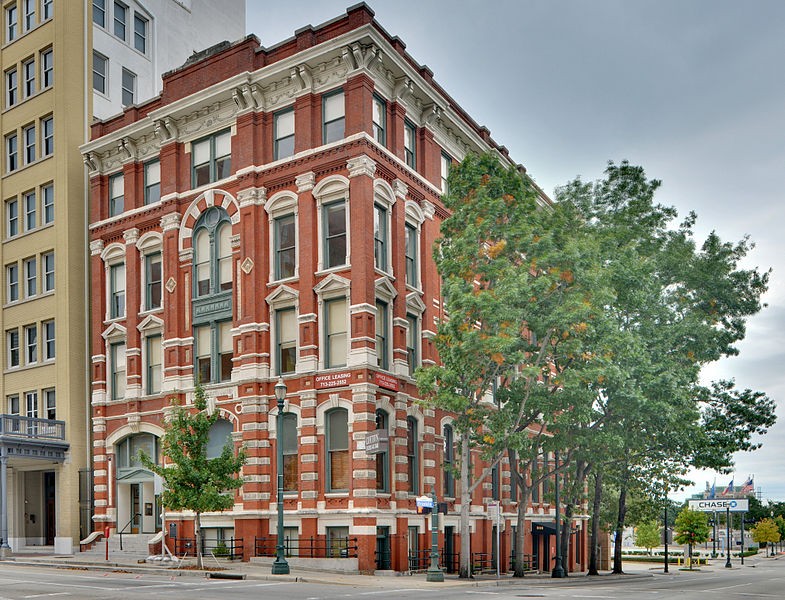Houston Cotton Exchange Building
Introduction
Text-to-speech Audio
Before Houston was an oil town, it was a cotton town. This Classical Revival structure, designed by Eugene T. Heiner, was home to Houston’s cotton market for 40 years. The building was completed in 1884 and served as the commercial center of Houston.
Images
Houston Cotton Exchange Building

Backstory and Context
Text-to-speech Audio
The need for Houston to have an exchange that would systematize and regulate the trading of cotton had been growing since the birth of the industry in Texas in the 1820s. Exports from Houston surpassed 100,000 bales in 1860, and the years following the Civil War saw further growth. After the Missouri Pacific railroad system was completed in 1873, arrangements were made for the Houston exchange to use cotton quotations of the St. Louis Board of Trade.
In 1885 the exchange completed construction of its three-story headquarters at Travis and Franklin streets. The building's Victorian Renaissance Revival architecture, so described by the Texas Historical Commission, was executed by Eugene T. Heiner, whose other work included a number of public structures in Southeast and Central Texas. The Cotton Exchange Building was a center for business and civic events. It was enlarged to four floors and remodeled in 1907; the present ornate trading room was installed at this time.
In 1924 the exchange moved to a new, larger building at Prairie and Caroline streets. The cornerstone from the original building was moved to the lobby of the newer one. In 1973 the Travis Street building underwent a massive restoration that received national recognition. The building was one of the first in Houston to be listed on the National Register of Historic Places, and it was designated a Texas Historic Landmark by the Texas Historical Commission.
In 1885 the exchange completed construction of its three-story headquarters at Travis and Franklin streets. The building's Victorian Renaissance Revival architecture, so described by the Texas Historical Commission, was executed by Eugene T. Heiner, whose other work included a number of public structures in Southeast and Central Texas. The Cotton Exchange Building was a center for business and civic events. It was enlarged to four floors and remodeled in 1907; the present ornate trading room was installed at this time.
In 1924 the exchange moved to a new, larger building at Prairie and Caroline streets. The cornerstone from the original building was moved to the lobby of the newer one. In 1973 the Travis Street building underwent a massive restoration that received national recognition. The building was one of the first in Houston to be listed on the National Register of Historic Places, and it was designated a Texas Historic Landmark by the Texas Historical Commission.
Sources
Hannah, John Tweed. "Houston Cotton Exchange and Board of Trade." Handbook of Texas Online. Accessed June 11, 2014. http://www.tshaonline.org/handbook/online/articles/drh01.
